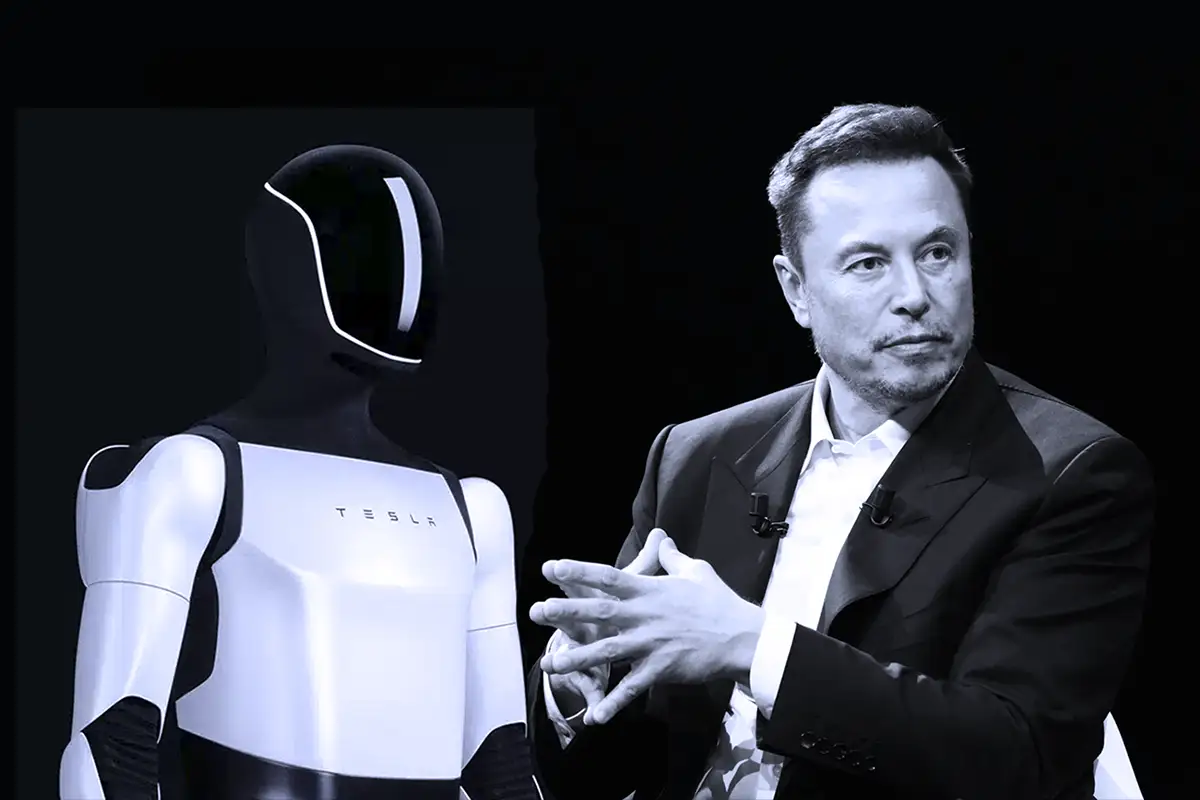
Elon Musk never fails to surprise the world with his ambitious plans. We have seen this happening—the controversial purchase and rebrand of Twitter to X, Grok AI, Tesla, launching a rocket company simply because the Russians wouldn’t cut down on their prices, he even managed to join politics along the way, recently he launched the SpaceX crew-10 mission to bring back stranded astronauts from the International Space Station… and this time, he’s set his sights on sending a humanoid robot to Mars.
Yes, you read that right; Optimus, Tesla’s AI-powered robot, is gearing up for space travel. SpaceX’s fully reusable Starship rocket will carry the robot to the Red Planet by the end of 2026. You might ask, why is Musk doing this, and what does it mean for the future of space exploration?
Elon Musk has made it clear that he believes humanity’s future lies beyond Earth and intends to make humans a multi-planetary species. Musk envisions self-sustaining colonies on Mars, where people can live, work, and thrive. But before humans set foot on the Martian surface, a lot of groundwork needs to be done—and that’s where Optimus’ mission comes into play.
Optimus, Tesla’s humanoid robot, was initially designed to take on repetitive and dangerous tasks here on Earth. Standing at 5 feet 8 inches and weighing around 125 pounds, the robot is equipped with advanced AI, sensors, and mobility capabilities. While the announcement sparked some commentary from the public, it also seems quite well-founded.
Think about it—Mars isn’t exactly a welcoming planet for humans. The extreme temperatures, lack of breathable air, and high radiation levels make survival a challenge. Before humans arrive, robots like Optimus can be deployed to lay groundwork. Here’s what the Tesla robot could do:
Set up infrastructure – Optimus could help build and maintain habitats for future human settlers.
Perform experiments – The robot could collect and analyse Martian soil and atmospheric samples.
Test AI capabilities – It’s a perfect opportunity to see how AI-powered robots handle autonomous tasks in a completely different environment.
Related Stories: Elon Musk on TikTok Ban: Freedom of Speech Under Attack!
Related Stories: Has Elon Musk Been to Space Like Jeff Bezos or Branson?
Although, if you have your doubts against AI and their probable invasion of the human species then perhaps this won’t sound like a very good idea to you
SpaceX and Tesla’s Collaboration
This mission represents a major crossover between Elon Musk’s two biggest companies—Tesla and SpaceX. Critiques believe it could be the boost they need to recover stock prices, which declined following Musk’s involvement with the Trump administration. Elon Musk’s participation in the Trump Administration. – Tesla and SpaceX Crossed Over on Saturday. Maybe That Can Help the Stock.
While Tesla is known for electric vehicles and AI-powered robotics, SpaceX specialises in space travel. Bringing the two together could accelerate advancements in both fields.
Related Stories: Gen. Muhoozi Kainerugaba is Back on X Just a Week After Departure
Related Stories: Elon Musk’s $56 Billion Pay Package – Is It Worth the Controversy?
Musk has hinted that the success of this mission could pave the way for human landings on Mars as early as 2029, with 2031 being a more realistic target for human missions. If Optimus performs well, it could lead to an entire fleet of robots working alongside astronauts to build the first Martian city.
If Elon Musk pulls this off, it will be one of the most groundbreaking milestones in space exploration ever since the ‘Apollo Moon’ landings. – Starship, carrying Tesla’s bot, set for Mars by end-2026: Elon Musk